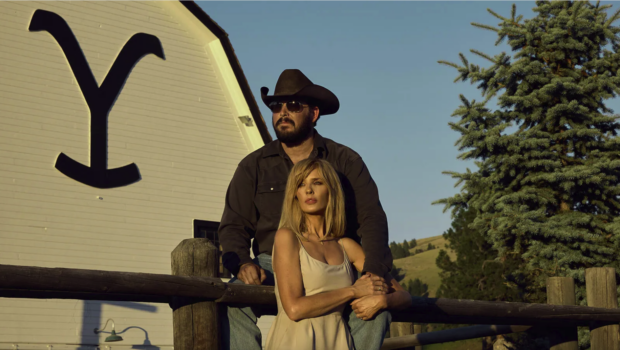If you really want a description of the Welsh Terrier’s overall appearance, look no further than its original name: the Welsh Black and Tan Rough Coated Terrier, which sums it up nicely. This game, workmanlike breed features in the ancestry of many newer terriers, while the Welsh was itself refined by the addition of Irish, Airedale and Lakeland bloodlines, according to the UK Kennel Club, which registered the breed in 1887.
This is one of the oldest pure-bred terrier breeds, dating back to at least the 18th century, with evidence possibly going back to as early as 1450 when a Welsh poet wrote of a “good black and red bitch to choke the brown polecat”. Like all terriers, its primary role was to go to ground after game, such as otter, fox and badger. However, this often entailed taking on these animals in physical combat, meaning that this is a little dog with massive courage.
Bred to work the high mountains and hidden valleys of Wales, this is a tough, sturdy and workmanlike dog, who can cope with harsh weather and loves to work. And while it started out as a farmer’s dog, the late President JF Kennedy had one in the White House, named Charlie, who was apparently his favourite dog.
Breed fanciers describe the Welsh as the least quarrelsome of all the terriers. He mixes the joie de vivre, bravery and fire of a terrier with the more dignified composure of larger working breeds, giving him an equanimous temperament, which is an asset to many a family home.

Welsh Terrier: fact file
Kennel Club breed group: terrier
Size: small
Daily exercise: at least an hour a day
Coat: medium; shedding
Colours: black and tan (puppies are born almost completely black); dark eyes.
Lifespan: more than 12 years
Bark: very vocal. They are prone to alert barking, being very quick to raise the alarm at the slightest sound or sight. Check out these tips to stop nuisance barking if this is becoming a problem.
Distinctive features: their wiry black and tan coat. They typically have folded ears, on a boxy head with a strong powerful jaw.
Temperament: happy and energetic, rarely shy; game and fearless.
Things to consider: bred to get the better of larger animals such as badgers if it came to a fight, they have sharp teeth and nails, so make sure you keep the latter well trimmed with some specialised nail clippers.
And given that this is a super working dog, they’ll need plenty of physical and mental exercise to keep them satisfied. Puzzle toys are a good option for when you can’t get outdoor exercise.
As one of the more petite breeds, they are best suited to one of these best dog beds for small dogs.
Training: with their heritage of homing in on game, this is a breed with a naturally high prey drive. You’ll need to work on that recall training, but luckily this is an obedient worker who loves to please.
Digging is their metier, so make sure your garden is safely defended from escape routes, and check out these tips to help stop unwanted digging.

Complete Guide to Welsh Terriers | Amazon
Experienced Welsh Terrier owner Cathleen Peters Saito used interviews from more than a dozen top Welsh Terrier breeders to create an in-depth look at what it really takes to successfully live with, raise and care for a Welsh Terrier.
You may also enjoy reading…

All about the Scottish Terrier

All about the West Highland White Terrier

Is extinction likely for some British dog breeds? Here are the 35 listed as vulnerable

Meet 7 of the world’s smallest dog breeds

10 of the most expensive dog breeds in the world – how does your pooch measure up?

Subscribe to Horse & Hound magazine today – and enjoy unlimited website access all year round
Horse & Hound magazine, out every Thursday, is packed with all the latest news and reports, as well as interviews, specials, nostalgia, vet and training advice. Find how you can enjoy the magazine delivered to your door every week, plus options to upgrade your subscription to access our online service that brings you breaking news and reports as well as other benefits.





